|
|
Tuesday Notes: Film and Digital Variations; A Time for Maintenance and RepairsBy Graham K. Rogers
Film and Digital VariationsI often switch between my Nikon DSLR and the selection of film cameras I now have, depending on the types of photography. If it is just for me I will most often use a Hasselblad 500CM camera with 80mm Zeiss Planar lens. I also have a second Hasselblad that I do not use too often and that has a Zeiss 50mm Distagon lens with it. I try to alternate the Hasselblad with a pre-WW2 Rolleiflex that still produces excellent images. Both Hasselblad and Rolleiflex use 120 film and take images that are 6x6. An East German Pentacon I have also takes 6x6 photographs. All, except my original Hasselblad, were found on eBay.

Hassleblad 500CM
While there is a limited availability of film cameras, the same is not so for film itself. I am particularly fond of Ilford films. I like black and white photography, although I do try other film types. Indeed, as the only audience for my images is myself, even though I do post some online, the move back to film has given me a new flexibility and Iike to experiment. Ilford for example, produce a couple of films with low ISO (50 and 80) which I love trying from time to time. Most of the time I prefer to stick to their SFX200 with its excellent sharpness which I find easy to handle and quite forgiving. I ordered another 10 rolls while writing this and they are on the way. Although I prefer black and white I do try color films from time to time and have some Kodak Gold (200) in the fridge right now. I have tried Kodak Portra 200 and 400 but I have a degree of ambivalence towards color films. For good color handling I tend to switch to the DSLR, which may sound like heresy to some. I just prefer black and white when using film. When I first took photographs as a kid in the 1950s that was all there was and even with the cheap plastic cameras I had, fair results were possible. The Nikon D850 does an excellent job with color and I am likely to use this for specific tasks like work, online images, conferences and workshops. And flowers and trees.
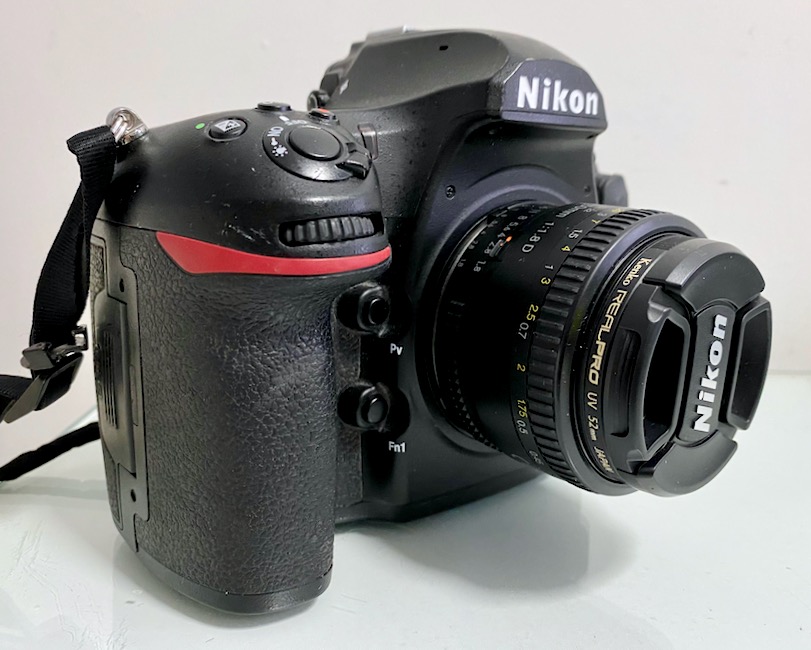
Nikon D850
The company has restructured and films are still made at the premises in Rochester, New York. There are some good videos on You Tube by Smarter Every Day that show how the various films are still produced. Ilford also has a YouTube Channel. However, the new popularity of film means that not only are Ilford and Kodak still in business but they are expanding. Matt Growcoot (PetaPixel) reports that Kodak is hiring right now as the film business (particularly 35mm) continues to grow. They have taken on some 300 new staff in the last 18 months and are looking for more. They are almost the only company still making color films and there is huge demand. They are looking for "skilled workers, such as operators, chemists, and engineers."
The Russian Lomography cameras had a mixed reputation, but these days things are improving. Not only do they offer a number of film cameras from the sublime to the ridiculous, but the growing range of films is interesting although some are rather experimental. I had first tried the more traditional black and white Earl Grey (ISO 100), Lady Grey (ISO 400) and Potsdam (ISO 100) films, then had a look at the Lomochrome Purple which, as the name suggests, uses a different emulsion mix.
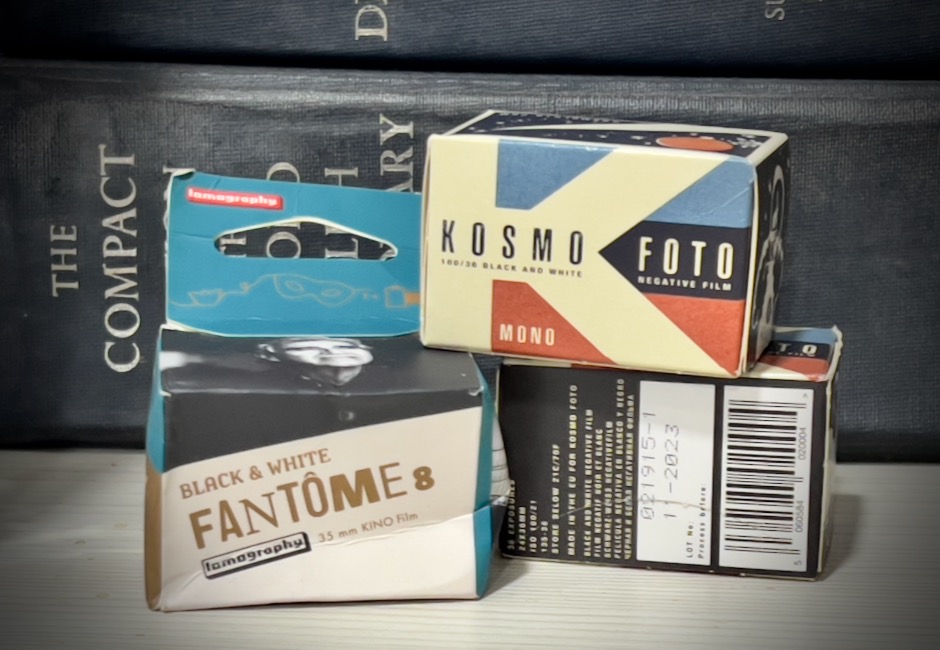
Kosmo Foto Mono and Lomo Fantôme" align="
Lomo Fantôme output
Lomo Purple output
In my hands the Metropolis was not as stunning as the images Ryan had put online, but my scenes are mainly urban. I was happy enough with a couple of the images and still have some in the fridge for another try. When it came to the Turquoise, I was unsure and tried to adjust white balance initially. Online comments and examples convinced me to undo that mistake, but the first roll (street scenes again) was not wholly what I expected. A second roll was similar so I took a closer look and (like the Purple) these should not be compared with normal (B&W, color) output. That is not the point. I have one roll left and will almost certainly buy some more of this and the Purple.
Lomo Turquoise output
Maintenance and RepairsI bought the Nikon D850 as soon as it was available here. As these are made just up the road, they were on sale in Thailand before the USA. I put it to good use immediately. At the time I lived in an area of western Bangkok that was a rich source of subjects. I have now had the camera for just over 4 years and, although a little scratched on the outside, it still functions perfectly. However, I noticed that on some images, particularly those taken at f/22, there were tiny spots on some areas, particularly skies. This was a sign that the lenses or (worse) the sensor had dust on them. I cleaned up the lenses and used the in-camera sensor cleaner, but these persisted. With image editing software, the Repair tools (Apple Photos on the Mac, Affinity Photo on the iPad) do a good job of removing most of the blemishes, but this takes a while and they should not be there.
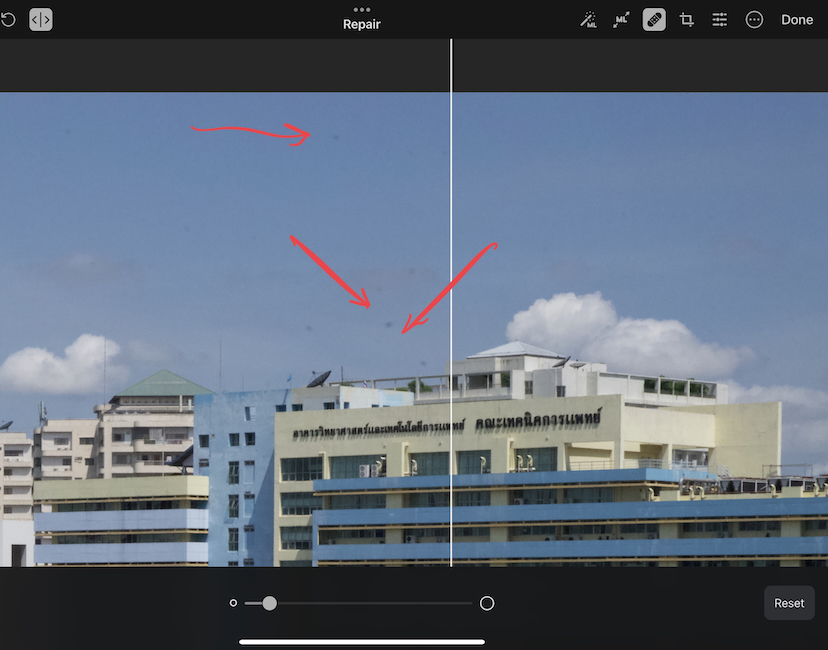
Before and after editing sensor spots
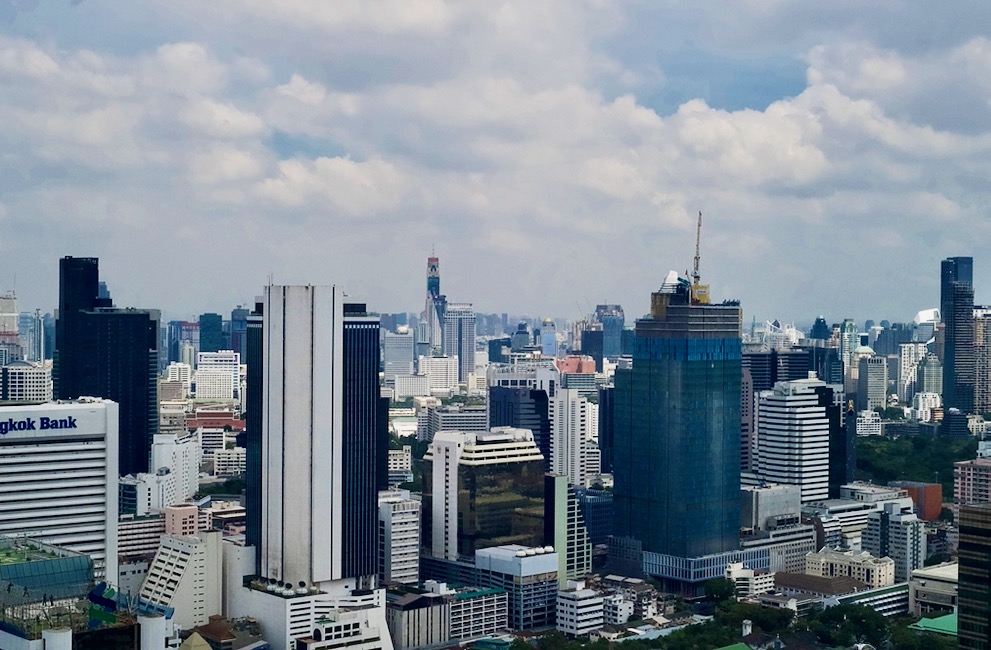
D850 after maintenance - view from Nikon showroom, Empire Tower
I have aired what I see as shortcomings before: the Photos app sucks, even in comparison with the version on the Mac, as the iPad Pro is not a large iPhone; I cannot use a flatbed scanner; and I have so far been unable to tether my DSLR to the device. I can however download RAW images directly from the camera to the iPad Pro with a cable. It was this feature that sold me on the device. Although the A-series iPad would balk with too many images, my current M-series iPad pro eats them up. However, as the Nikon D850 uses that horrible micro-USB connector (unlike Hasselblad and Nikon Z cameras). I have a converter cable for this. I have several as some of the older technologies here (like hard disks) still use this port. At least the EU legislation on chargers and connectors should begin to clean up that area.

USB-micro to USB-C cable
With the iPad Pro, coupled with working from home that was imposed as a result of COVID-19, paper was not going to work so I switched to PDF submissions and began to use the pencil for markup. This was much quicker although my legibility is sometimes a problem: a quick message and I can confirm what I intended. When I bought the latest iPad Pro, unlike the case, the Apple Pencil still worked so I carried on happily editing. Until this week, that is. I sometimes carry the Pencil in my top shirt pocket when the iPad is not in a bag, but this week it fell out when I bent down to retrieve something. It was not the first time that I had dropped it, but this time I had a problem. The pencil was minus the tip, which I found a short distance away, but I was unable to re-attach this. There was already work in my in-box. I got round the immediate problem by rewriting the content and adding suggestions in a messaging app: it was a planned brochure, so there was no ethical problem. After lunch I grabbed a taxi and went to a local mall where I knew there was a branch of iCare: the local Apple warranty and repair franchise, linked to the iStudio franchise stores here. Apple only has two shops here and the rest of the retail operation is through local companies.
The box contains a number of sheets of paper and one (slightly wrinkled now) was to show the stamp of approval the Thai government agency that authorizes all electronic devices with communication capabilities (like Bluetooth or WiFi) to be used here: like the FCC in the USA. I knew this was part of the approval process (like in any country) but had not seen such confirmation before. I am now back up to speed with cameras, iPad, Apple Pencil, camera and films.
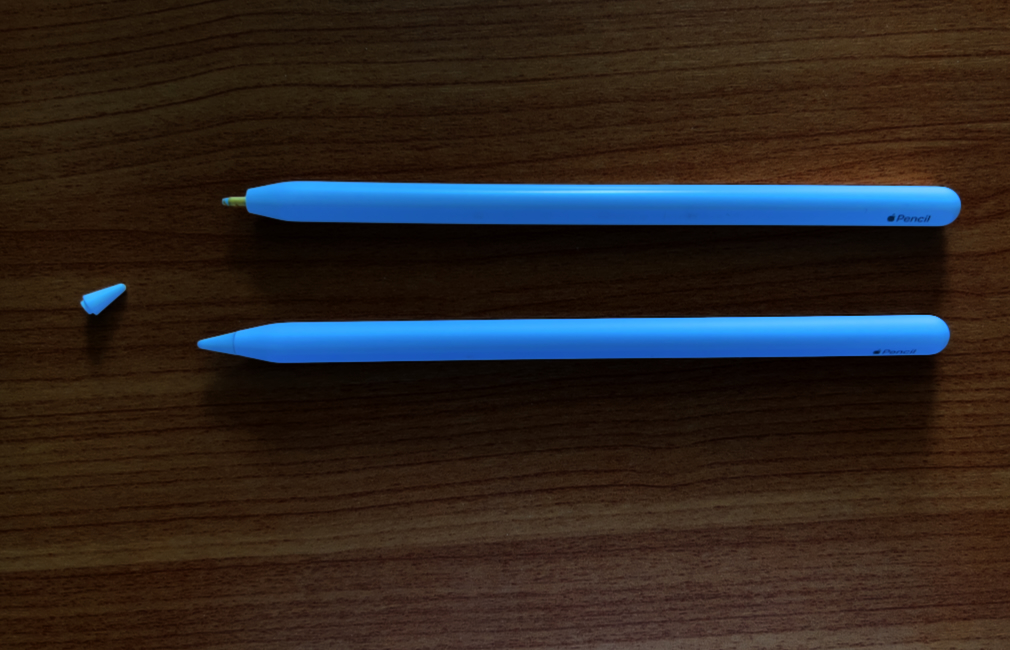
Apple Pencils: broken and new"
Graham K. Rogers teaches at the Faculty of Engineering, Mahidol University in Thailand. He wrote in the Bangkok Post, Database supplement on IT subjects. For the last seven years of Database he wrote a column on Apple and Macs. After 3 years writing a column in the Life supplement, he is now no longer associated with the Bangkok Post. He can be followed on Twitter (@extensions_th) |
|

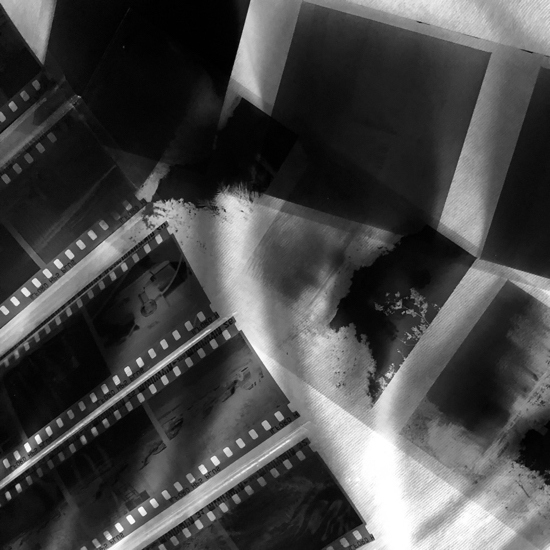
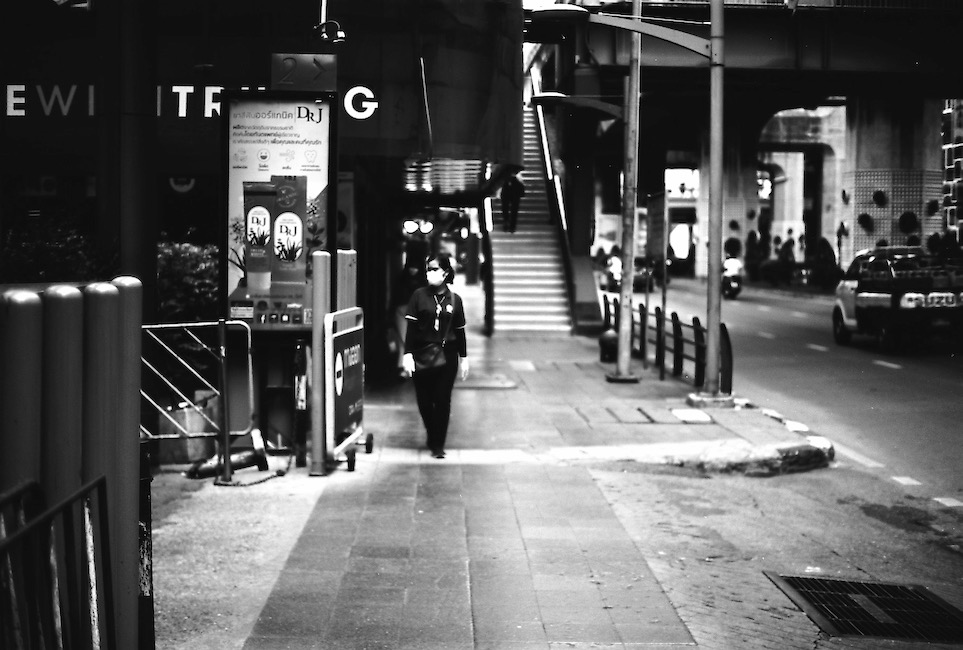


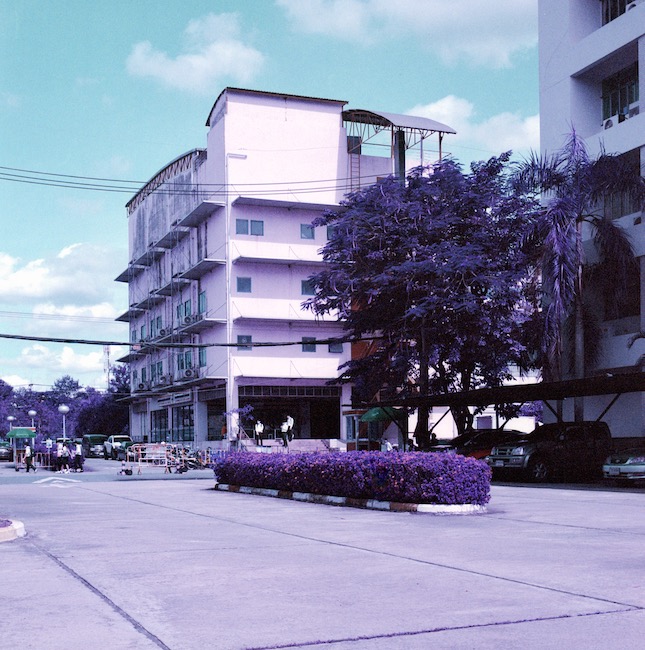
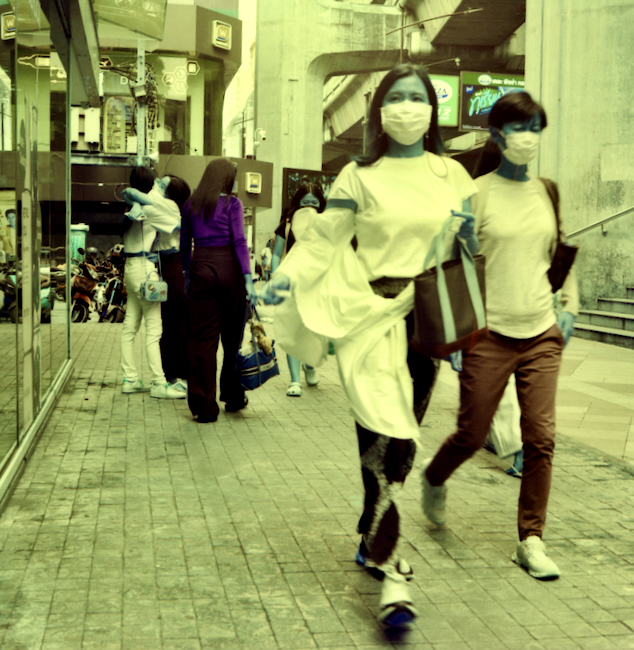

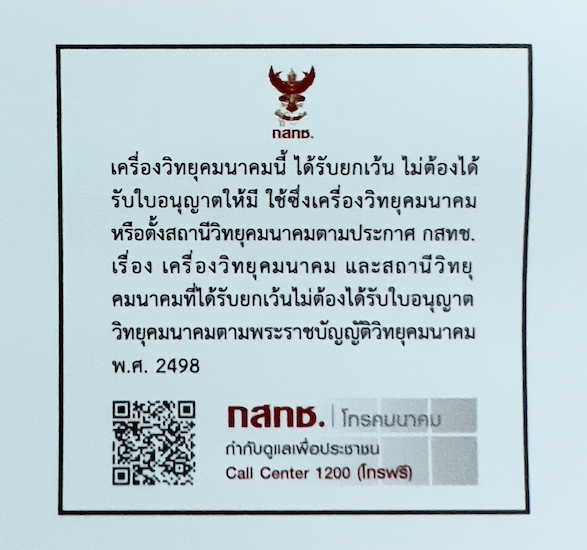 At iCare the assistant took one look and said, "it's bent". She did try to fix it and used a tip from her own pencil, but this was not working at all. I walked along to the nearby iStudio and asked for a new Apple Pencil 2. This had no indication on the box that it was Apple Pencil 2 and not 1 so I checked carefully. On the back, in tiny print were the words, "For iPad models with magnetic Apple Pencil connector."
At iCare the assistant took one look and said, "it's bent". She did try to fix it and used a tip from her own pencil, but this was not working at all. I walked along to the nearby iStudio and asked for a new Apple Pencil 2. This had no indication on the box that it was Apple Pencil 2 and not 1 so I checked carefully. On the back, in tiny print were the words, "For iPad models with magnetic Apple Pencil connector."
